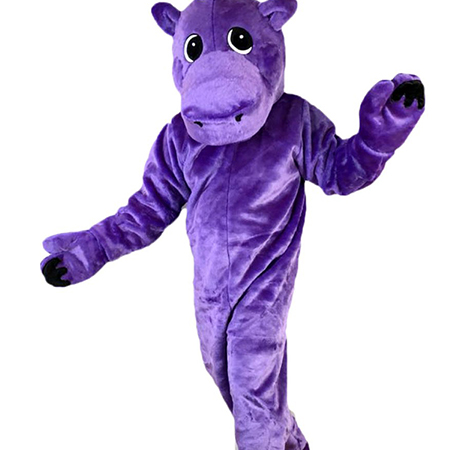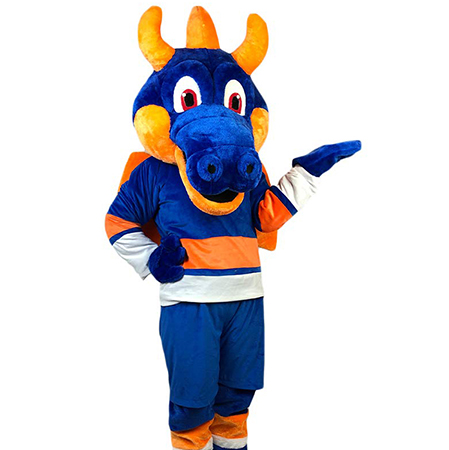Virtual reality (VR) technology, once confined to the realms of science fiction, has made significant strides in recent years. Its influence can now be felt across various industries, including sports, entertainment, and education. Mascot costumes, long a staple at sporting events, parades, and corporate functions, are no exception. As VR continues to evolve, it promises to revolutionize how mascot costumes are designed, produced, and utilized.
Mascot costumes traditionally serve as symbols for organizations, teams, and brands. They engage audiences with their larger-than-life personas and playful antics. While effective in their purpose, creating these costumes involves intricate design processes and often substantial costs. Virtual reality offers a groundbreaking alternative by allowing designers to visualize concepts in three dimensions before any physical materials are used. This pre-visualization stage ensures more accurate and creative results, minimizing waste and reducing production time.

Furthermore, VR provides mascot performers with an entirely new dimension of immersion. Using VR headsets, performers can experience a fully interactive environment that responds to their movements and gestures. This heightened level of interaction allows performers to better embody the character they represent, making performances more dynamic and engaging. It also offers training opportunities, where new performers can practice in simulated environments before stepping into the actual costume.
Another significant advantage of virtual reality in this context is accessibility. Traditional mascot costumes require physical strength and dexterity, which can limit participation. With VR, individuals who might otherwise face physical barriers can take on mascot roles through digital avatars. This inclusivity expands the pool of potential performers and ensures broader representation.

Costumers also benefit from VR’s capabilities during the fitting process. Instead of multiple physical fitting sessions, performers can virtually try on costumes, ensuring perfect fits without the need for constant adjustments. This efficiency saves time and resources, making the entire production cycle smoother and more cost-effective.
Additionally, the integration of VR in mascot costumes enhances audience engagement. Spectators equipped with VR devices can see the world from the perspective of the mascot, providing a unique, immersive experience. This technological advancement not only entertains but also fosters a deeper connection between the audience and the mascot, enhancing brand loyalty.

In conclusion, virtual reality is poised to transform the landscape of mascot costumes dramatically. By improving design accuracy, facilitating immersive experiences for performers, promoting inclusivity, streamlining fitting processes, and enhancing audience engagement, VR represents a powerful tool for the future. As technology continues to advance, we can expect even greater innovations in this exciting intersection of mascot costumes and virtual reality.
